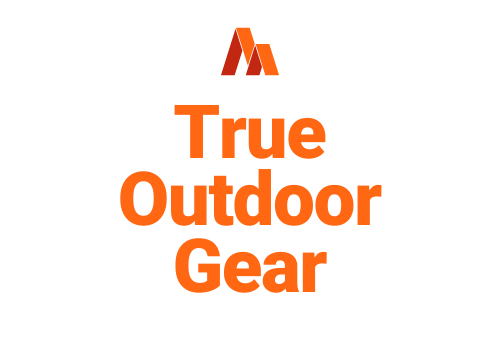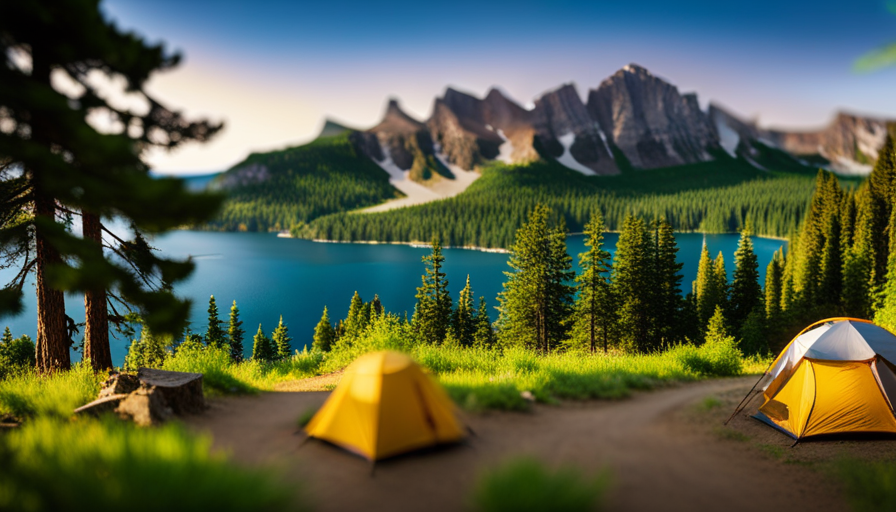As the famous adage goes, ‘Not all those who wander are lost.’
For outdoor enthusiasts and nature lovers, there is no better place to wander than Crater Lake National Park in southern Oregon. This hidden gem is a breathtaking wonderland that boasts turquoise waters, scenic hiking trails, and abundant wildlife.
To make the most of your trip to this national treasure, a comprehensive guide such as ‘Discover Crater Lake: Camping, Hiking, and Wildlife Guide’can be an invaluable resource.
This guide, written by experienced outdoor enthusiast Bryan Haines, provides a wealth of information to help visitors plan their trip to Crater Lake.
From the best time to visit to the top attractions and hikes, Haines covers everything one needs to know before embarking on an adventure to Crater Lake.
Whether you are an avid camper, hiker, or wildlife spotter, this guide has everything you need to explore and enjoy the natural beauty of Crater Lake National Park.
Location and Overview
It is ironically fitting that, in a guide to Crater Lake National Park that provides information on camping, hikes, and wildlife, the first subtopic to be discussed is its location and overview.
Crater Lake is a national park located in southern Oregon and is known for its stunningly blue, crystal-clear lake, which was formed by a collapsed volcano. The park’s main attraction is the lake, which is nearly 2,000 feet deep and the deepest in the United States.
The park also boasts an array of hiking trails, campgrounds, and wildlife, making it a popular destination for outdoor enthusiasts. This guide provides comprehensive information on Crater Lake camping, including a list of four campgrounds and their features and costs.
It also lists eleven hikes, each with varying levels of difficulty, and provides tips for camping in the park, including the need for a good winter tent and heater. Additionally, the guide answers common questions about the park’s wildlife, attractions, and best time to visit.
With its stunning scenery and numerous outdoor activities, Crater Lake National Park is a must-visit destination for anyone who loves the great outdoors.
Attractions and Hikes
The national park offers a variety of local attractions and hikes that are sure to delight visitors. The Rim Drive scenic highway is a popular attraction that provides stunning views of the lake and surrounding landscapes. Wizard Island, located in the middle of the lake, can be reached by boat and offers hiking trails and unique views of the lake. Phantom Ship rock formation is another popular attraction that can be viewed from various hiking trails.
In addition to these attractions, the park offers 11 different hiking trails with varying levels of difficulty and unique views of the lake and surrounding landscapes. The trails range from easy nature walks to moderate and hard hikes that lead to the lakeshore, mountains, and historic fire lookout towers. The table below provides a summary of the different hikes available in the park, including their difficulty level, distance, and unique features. With so much to see and do, Crater Lake National Park is a must-visit destination for nature lovers and outdoor enthusiasts.
| Hike Name | Difficulty Level | Distance | Unique Features |
|---|---|---|---|
| Cleetwood Cove Trail | Moderate to hard | 2.2 miles | Leads to the lakeshore |
| Mount Scott | Moderate | 5.5 miles | Offers stunning views of the lake and Cascade mountains |
| Union Peak Hike | Moderate | 10.8 miles | Offers beautiful landscapes |
| Watchman Peak Trail | Moderate | 1.6 miles | Offers views of the lake, mountains, and historic fire lookout tower |
| Lightning Spring Trail | Lightly trafficked | 3.2 miles | Loops around meadows and is home to grazing deer and wildflowers |
| Castle Crest Wildflower Garden | Easy | 0.5 miles | Nature walk to a meadow bursting with summer wildflowers |
| Garfield Peak Trail | Moderate | 3.4 miles | Offers unique views of the lake, Wizard Island, and Phantom Ship |
| Godfrey Glen Trail | Wheelchair-accessible loop | 0.5 miles | Offers canyon views |
| Pinnacles Trail | Easy | 2.2 miles | Offers views of the volcanic spires known as the Pinnacles |
| Sun Notch Trail | Easy | 0.8 miles | Offers the best views of Phantom Ship |
Camping and Accommodations
Accommodations in the vicinity of Crater Lake National Park are varied, offering visitors a range of options to suit different needs and preferences. The park’s only campground, Mazama Campground, offers tent and RV sites, as well as amenities such as showers, laundry facilities, and a camp store. Backcountry camping is also available with a permit.
Outside of the park, there are several options for lodging, including the historic Crater Lake Lodge, which offers rooms with lake views, as well as cabins and chalets. Other nearby options include the Running Y Ranch Resort, which offers a range of accommodations, including lodge rooms, townhomes, and cabins, and the Prospect Historic Hotel, which offers rooms and cabins in a historic setting.
When deciding where to stay, visitors should consider their budget, preferred level of comfort, and desired proximity to the park. While lodging options outside of the park may be more expensive, they may also offer additional amenities and services. It is also important to note that during peak season, accommodations can fill up quickly, so it is recommended to make reservations well in advance.
Regardless of where visitors choose to stay, they will have easy access to the park’s many attractions and activities, making for a memorable and enjoyable experience.
Best Time to Visit
One important consideration for visitors planning a trip to Crater Lake National Park is determining the optimal time of year to visit. While the park is open year-round, weather conditions and seasonal activities may affect the overall experience.
The best time to explore Crater Lake National Park is during the summer months, from late June to early September. During this time, the park offers a variety of activities and attractions, including ranger-led programs, boat tours, and hiking trails.
However, visitors who prefer a more solitary experience may want to consider visiting during the winter months, from December to April. The park offers snowshoeing, cross-country skiing, and other winter activities during this time.
It is important to note that heavy snowfall occurs between October and May, causing some park roads to close until late spring. Additionally, the coldest month is January, with an average high of around 35 F and an average low of about 19 F. Visitors should come prepared with proper winter gear and equipment if planning to visit during this time.
Tips and Additional Information
Visitors to Crater Lake National Park can find useful tips and additional information to enhance their experience in the park. The park is located in southern Oregon, and is known for its stunning views, hiking trails, and campgrounds.
To make the most of your trip, it is recommended to visit during the summer months when the weather is pleasant and the park is bustling with activity. However, if you prefer to avoid crowds, winter is the best time to visit, as the park offers opportunities for winter sports and activities. It is important to note that heavy snowfall occurs between October and May, causing some park roads to close until late spring.
Additionally, visitors should come prepared with the necessary equipment and gear. It is recommended to bring a good winter tent and heater if camping during the colder months. It is also suggested to bring a print map when visiting the park, as cell service can be limited.
Visitors should be aware that the park entrance fee is required, and camping fees range from $21 to $42 at Mazama Campground. It is also important to note that pets are allowed in certain areas of the park with restrictions, and drinking water is available at Park Headquarters, Mazama Village, and Rim Village.
By following these tips and being prepared, visitors can have an enjoyable and memorable experience at Crater Lake National Park.

